
The United States is home to a diverse array of wildlife, many of which are under severe threat of extinction due to human activity, climate change, and pollution. Established in 1973, the Endangered Species Act (ESA) has been fundamental in the preservation of these species, demonstrating a 99% success rate in preventing listed species from becoming extinct. However, many species remain critically endangered, requiring immediate and urgent conservation action. Here is a list of 10 of the most endangered species in the U.S. in 2025.
1. Red Wolf
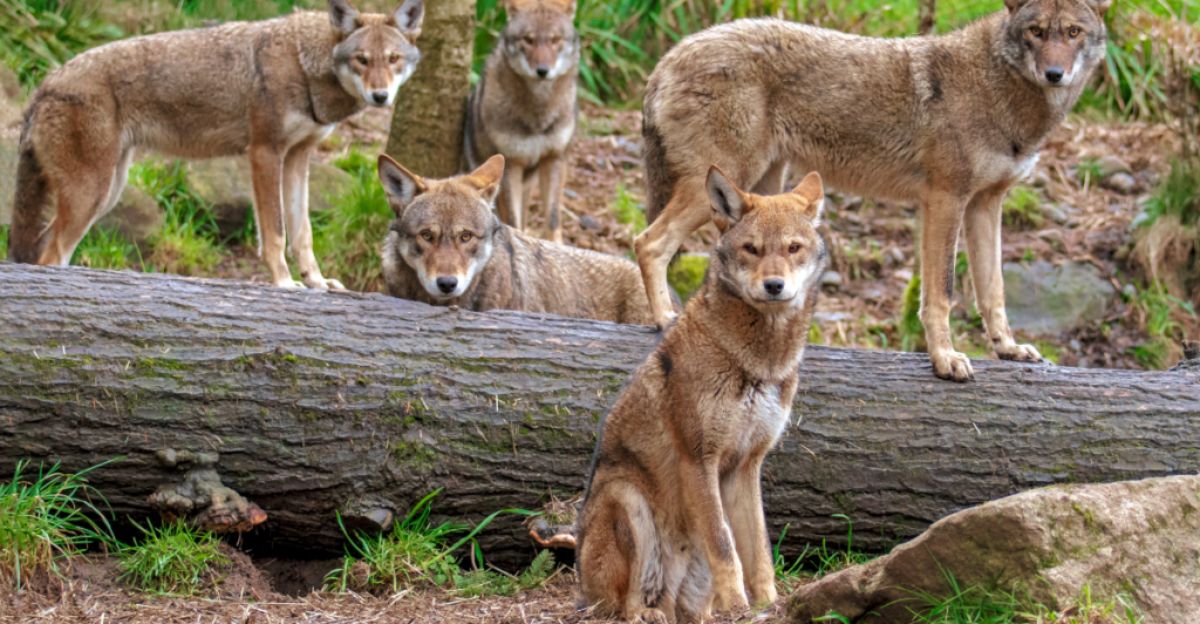
The red wolf is the most endangered wolf species in the world, with only 15–17 wolves remaining in the wild. Once found widely across the eastern and south-central United States, their populations plummeted due to habitat loss, gunshots, and vehicle collisions. They were first listed as endangered under the ESA in 1967, and efforts to restore populations have continued in North Carolina to help aid their recovery.
2. Florida Panther
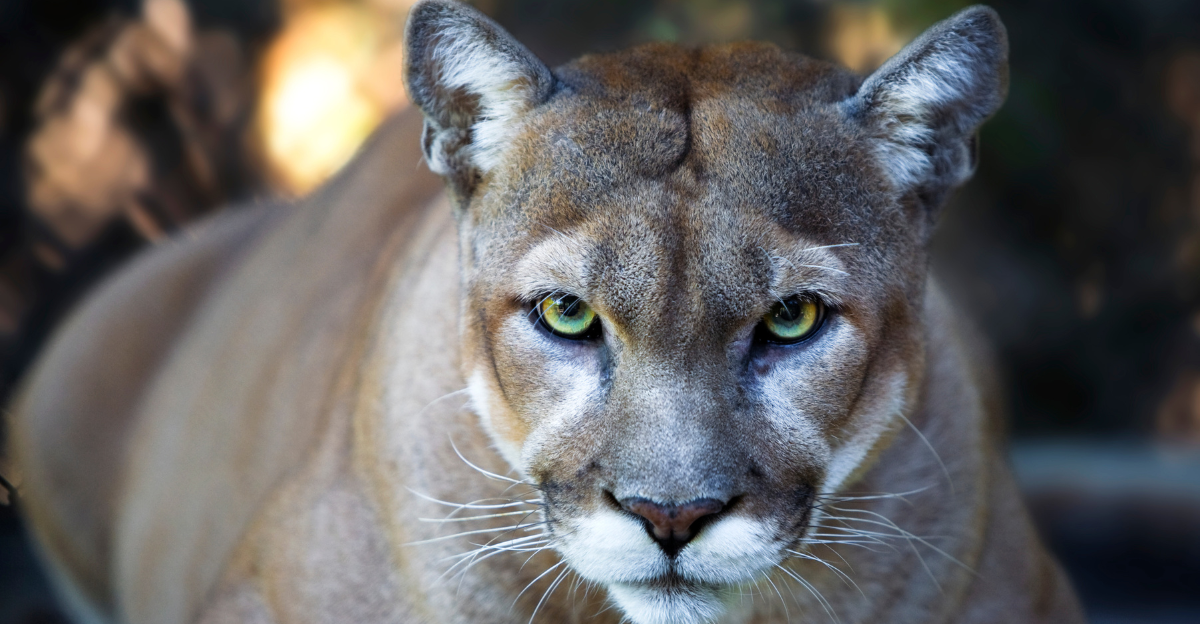
The population of this Florida native has plummeted to approximately 100–180 individuals. Urban development and habitat destruction have confined these wildcats to South Florida. Already listed as endangered since 1967, they inhabit in forests and swamplands, such as the Everglades National Park. Roads and highways pose significant threats to their survival.
3. Florida Manatee
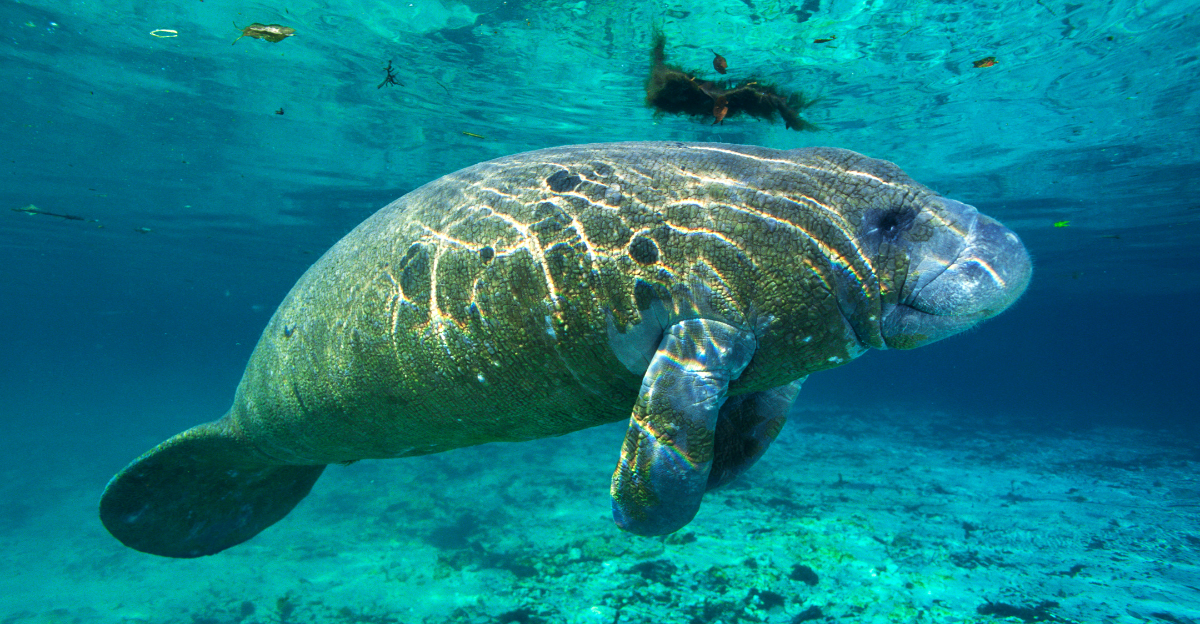
Florida manatees were one of the first species to receive protection under the ESA in 1967. Though conservation efforts resulted in their delisting in 2017, recent water pollution has led to seagrass die-offs, which are their primary food source. This, in turn, has led to mass mortality events since 2021 and has raised calls to re-list them as endangered.
4. Loggerhead Sea Turtle
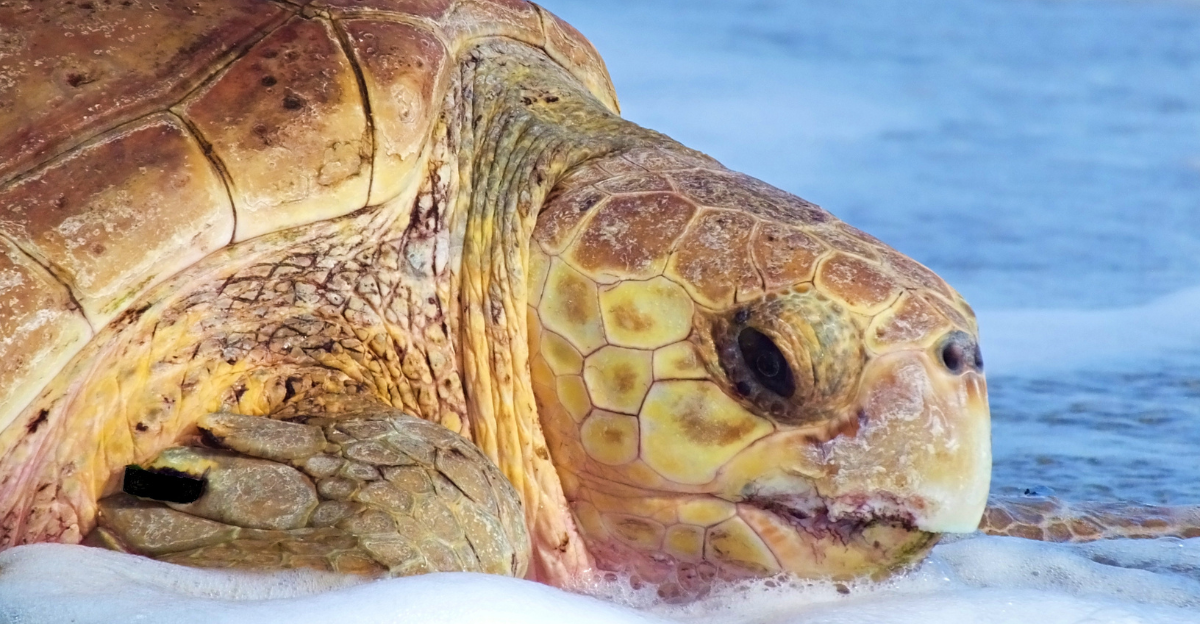
Loggerhead sea turtles were classified as endangered in 1978 due to habitat destruction and bycatch in fishing operations. With over 95% of their U.S. breeding population located in Florida, they are still susceptible to human activities on beaches. Conservation efforts have led to their population stabilizing, with over 100,000 nests reported annually.
5. California Condor
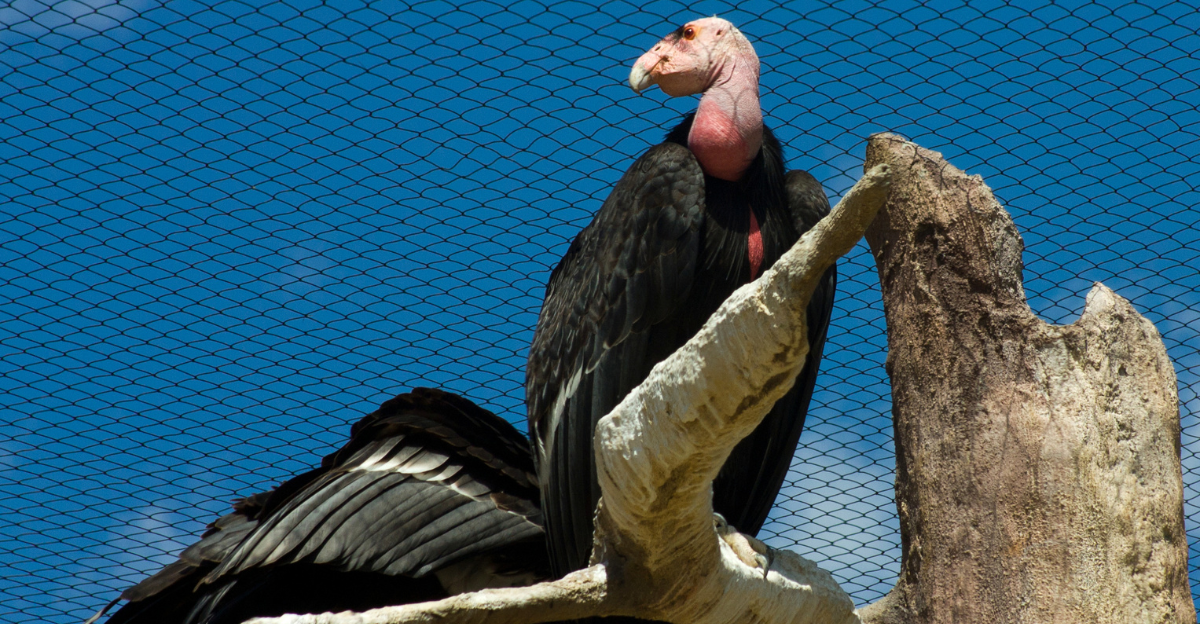
The California condor is the largest wild bird in North America, but it was nearly extinct by the 1980s because of lead poisoning and pesticide use. By 2003, intensive breeding programs had boosted their numbers from merely six individuals to more than 200. Despite this progress, they remain critically endangered.
6. Mississippi Gopher Frog
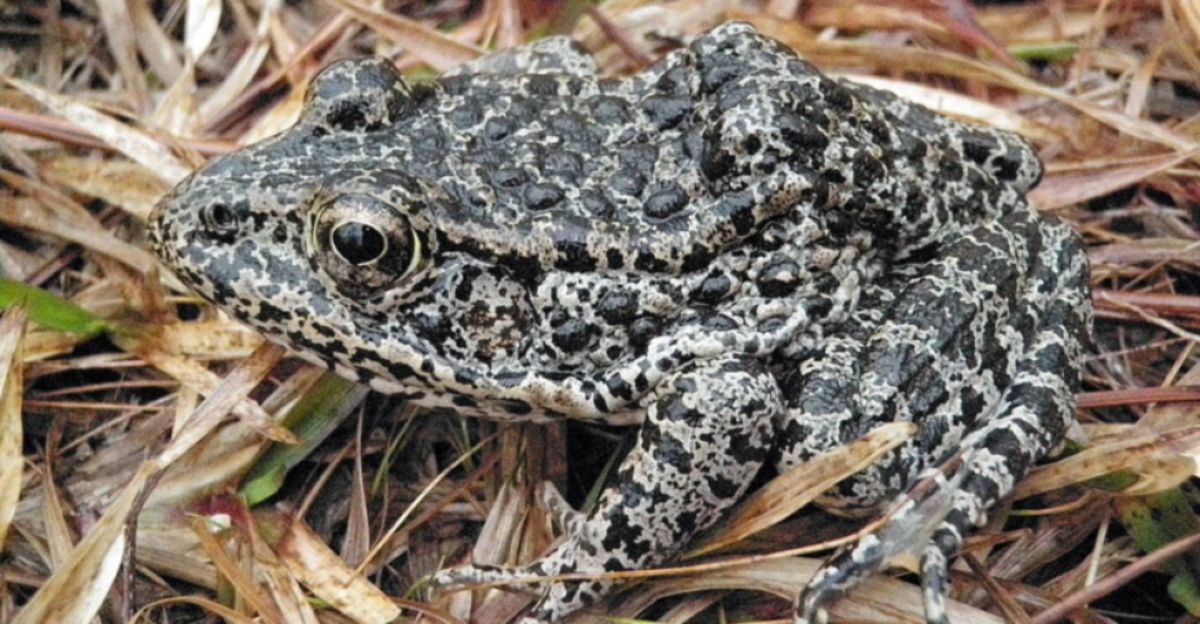
With fewer than 100–250 individuals remaining, Mississippi gopher frogs are confined to isolated wetlands and longleaf pine forests in Mississippi. Habitat loss has been devastating for this species, which was listed as endangered in 2001. Protected areas have been set up to help them recover.
7. San Joaquin Kit Fox
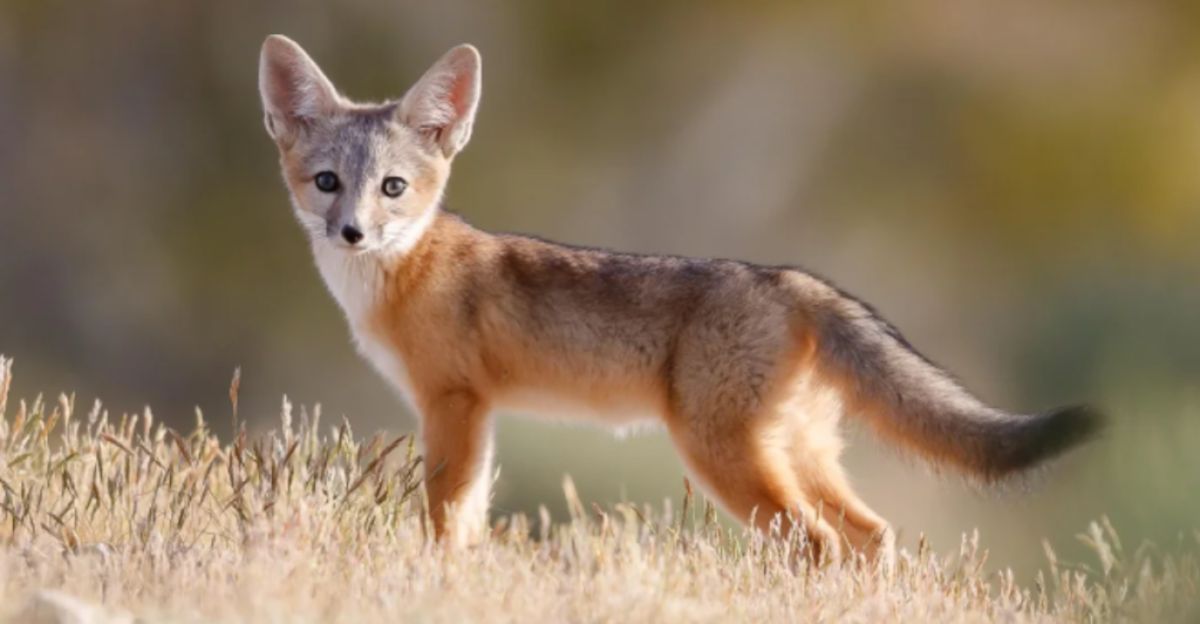
The San Joaquin kit fox is the smallest fox species in North America and has suffered extensive habitat loss in California’s San Joaquin Valley due to agricultural expansion. Endangered since 1967, fewer than 7,000 individuals remain despite conservation efforts.
8. Franklin’s Bumblebee
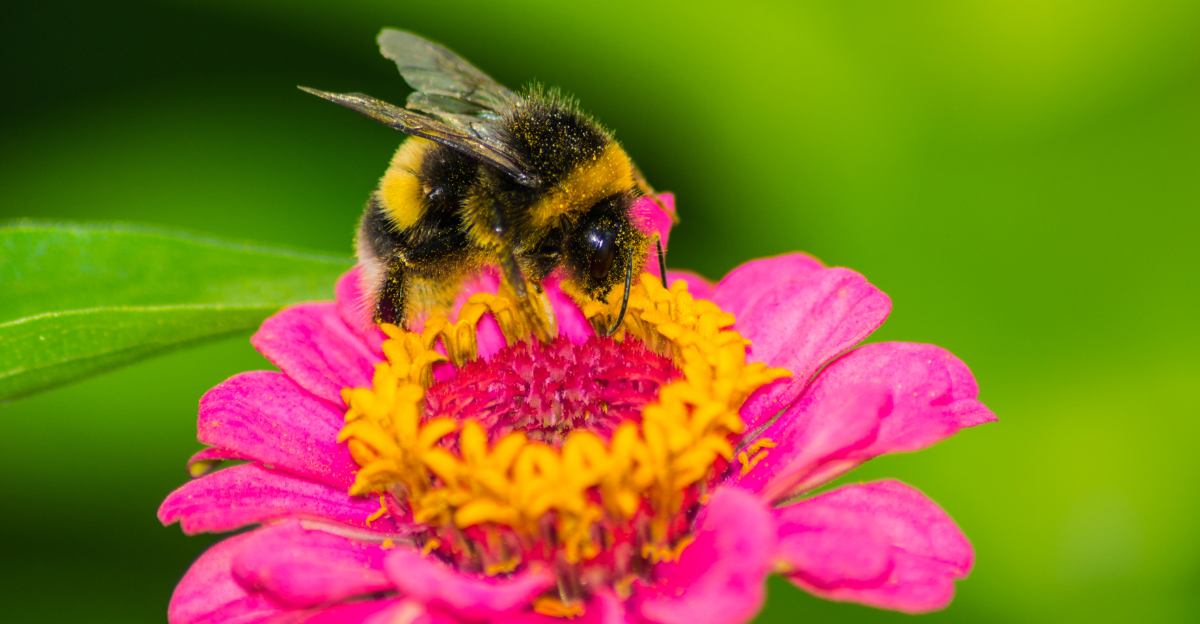
Franklin’s bumblebee has not been seen since 2006 and ranks as one of the rarest species of bumblebee in the U.S., found only between southern Oregon and northern California. Habitat loss, pesticide use, and disease have decimated its population. Though not officially listed as endangered under U.S. law, it is considered critically imperiled globally.
9. Black-Footed Ferret
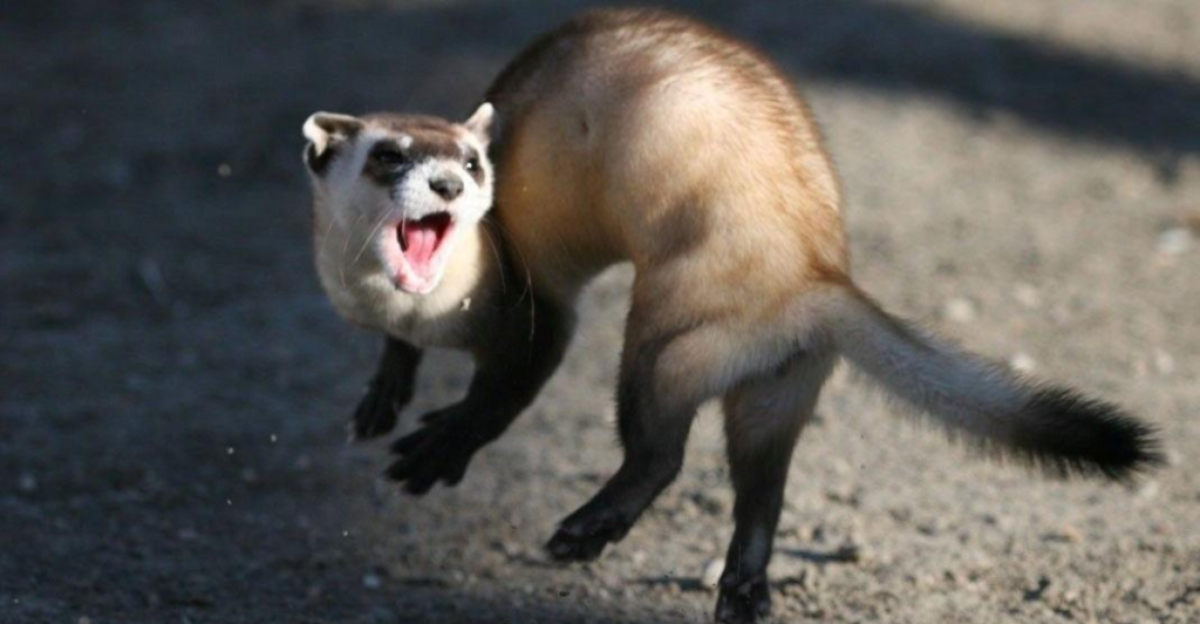
The black-footed ferret relies on prairie dog colonies to survive but has faced near extinction due to habitat conversion and disease outbreaks. Endangered since 1967, captive breeding programs have bolstered their numbers to nearly 340 individuals left in the wild today.
10. Lange’s Metalmark Butterfly
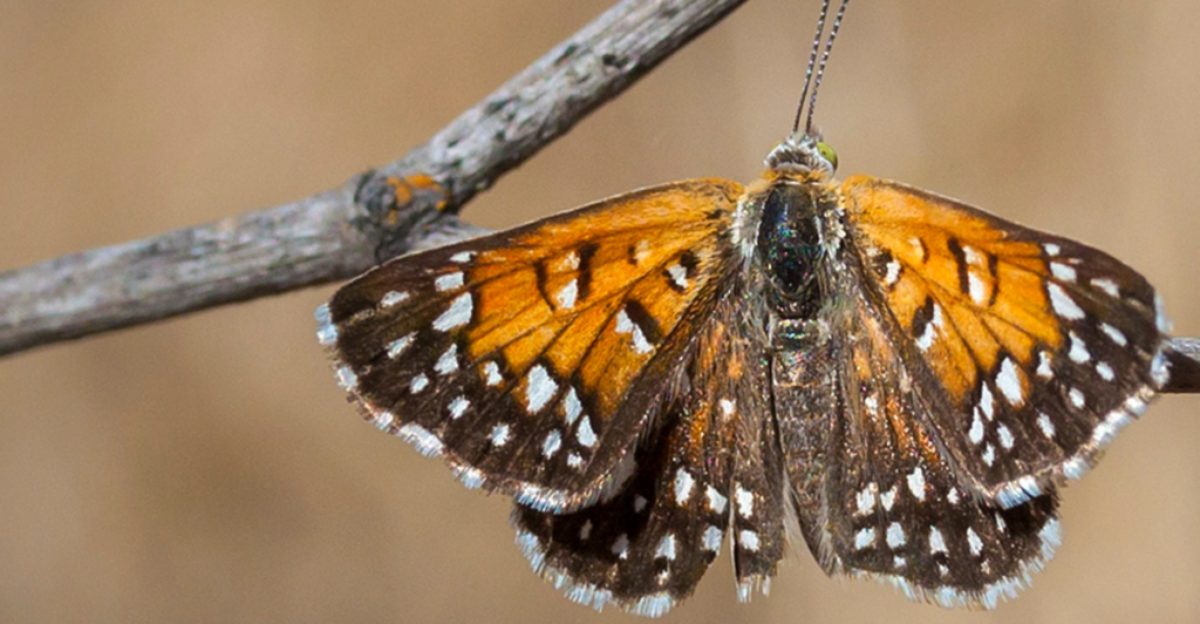
Native to California’s Antioch Dunes, Lange’s metalmark butterfly populations have dropped from historical numbers of 250,000 to just 150 today because of habitat loss and invasive plants. This iconic species was listed as endangered under the ESA in 1976, and conservationists are working tirelessly to restore its critical habitat.
These species showcase how biodiversity across the U.S. remains threatened by human activity and that strong conservation measures under laws like the ESA are necessary to ensure their survival for future generations.
Explore more of our trending stories and hit Follow to keep them coming to your feed!

Don’t miss out on more stories like this! Hit the Follow button at the top of this article to stay updated with the latest news. Share your thoughts in the comments—we’d love to hear from you!







